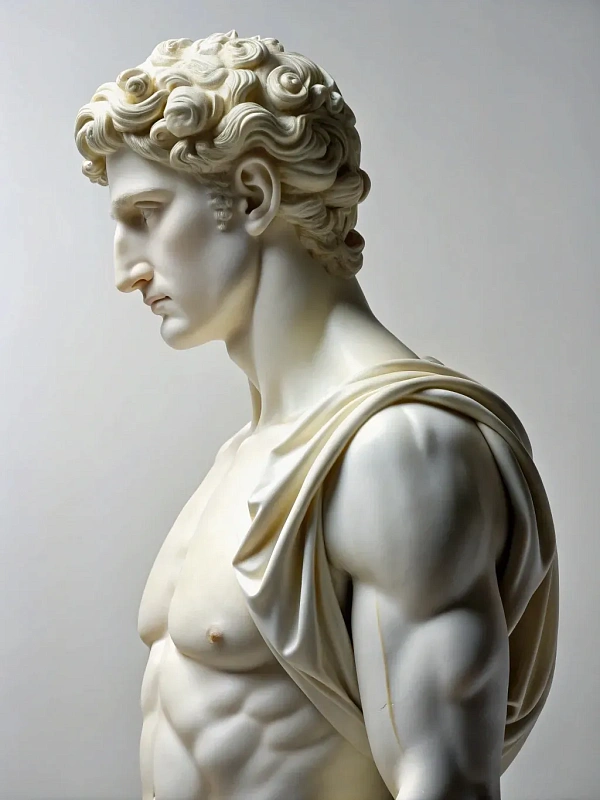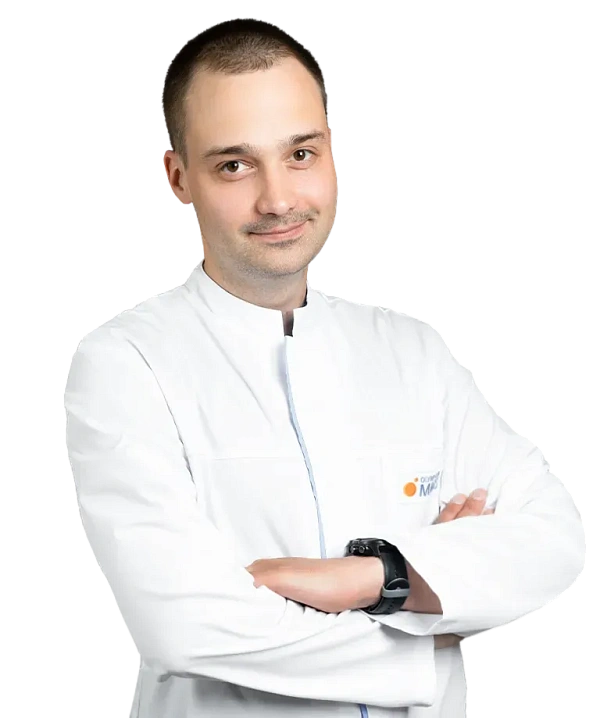Treatment of rib fractures
Ribs protect the vital chest organs - the heart and lungs - and provide upper body support. Rib fractures are often caused by falls, sports injuries, or car accidents. The injury leads to severe pain and can seriously affect respiratory function.

Rib fractures are often caused by direct blows, falls, or severe compression. Fractures can be single or multiple, simple or compound (splinter injury).
While most rib fractures heal on their own, proper diagnosis and treatment is important to avoid pneumothorax or internal organ damage. Rib fracture symptoms include severe chest pain, particularly when inhaling, coughing or moving, difficulty breathing and swelling in the injured area. Treatment is usually aimed at relieving pain and providing proper lung ventilation.
Common blood and urine. Chest X-ray. Computed tomography (CT) scan for suspected complications or multiple fractures. Electrocardiogram (ECG). Consultation with a general practitioner and pulmonologist.
Most rib fractures are treated nonsurgically. The physician may prescribe painkillers, restricted physical activity and breathing exercises to prevent lung congestion. Rib fixation is rarely required and is usually performed in cases of massive chest injuries. In some cases of displaced fractures or internal organ damage risk, surgical intervention may be required to stabilize the ribs and restore chest anatomy. The surgery consists of repositioning and fixation of bone fragments using special plates and screws.
Titanium plates and screws to secure the ribs if surgery is required. Physical therapy devices.
Once the condition is stable, the patient starts rehabilitation, which includes breathing exercises, physiotherapy and, optionally, gentle massage. Rehabilitation aims to restore full rib cage function, muscle strength and flexibility. The rehabilitation program is selected individually and is based on the extent of the fracture and the patient's physical characteristics.
Benefits
Discomfort relief
Pain relief and restoring proper breathing makes the patient feel improved.
Anatomy restoration
Preserving correct rib cage structure is important to ensure proper respiratory function.
Preventing complications
Treatment helps avoid issues such as pneumothorax, hemothorax, and internal organ damage.
Frequently Asked Questions
Is surgery required for a rib fracture?
How long does rehabilitation take after a rib fracture?
What symptoms indicate a rib fracture?
What precautions should be taken?
Didn't find an answer to your question?
You can describe your problem in detail and ask a question to the doctor. He will answer you and help you find a solution
Specialists
Find a SpecialistCandidate of Medical Sciences. Orthopedic Trauma Surgeon. Head of the Traumatology Department.
Similar referral activities
Arthroscopy of the ankle joint
Ankle arthroscopy is a minimally invasive surgical procedure used to diagnose and treat various diseases and injuries of the ankle joint.
Arthroscopy of the ankle joint
Ankle arthroscopy is a minimally invasive surgical procedure used to diagnose and treat various diseases and injuries of the ankle joint.
Arthroscopy of the knee joint
Knee arthroscopy is a minimally invasive surgical procedure for the diagnosis and treatment of injuries and diseases of the knee joint. It allows examining the joint for damage and eliminating the identified defects.
Arthroscopy of the knee joint
Knee arthroscopy is a minimally invasive surgical procedure for the diagnosis and treatment of injuries and diseases of the knee joint. It allows examining the joint for damage and eliminating the identified defects.
Arthroscopy of the elbow joint
Arthroscopy of the elbow joint is a minimally invasive surgical intervention that allows for accurate diagnosis and simultaneous treatment of joint injuries.
Arthrodesis of the joints of the fingers of the hand
The destruction of the joints of the fingers of the hand is accompanied by pronounced pain and impaired functions. Arthrodesis is a surgical intervention in which the affected joint is completely immobilized, which relieves pain and progression of inflammation.
News & Media
All news and mediaHow to reach
How to get
From the Belorusskaya metro station of the Zamoskvoretskaya line - exit 4 After exiting the subway, walk through the pedestrian tunnel and climb the stairs. Move towards the railway tracks, go down the stairs immediately after them and walk along the house, then turn right onto 1st Yamskoye Pole Street. At the turn to 3rd Yamsky Pole Street, cross the road at the pedestrian crossing and continue along 1st Yamsky Field Street, after a few buildings on the left you will see Olympus Clinic MARS.
Travel time
9 minutes
Landmark
Olympus Clinic MARS sign
How to get
From the Belorusskaya metro station of the Ring line - exit 2. After exiting the subway, turn left and walk to the pedestrian crossing. Cross the road through two pedestrian crossings and move along the Tverskoy overpass. Go down the stairs immediately after the railway tracks, walk along the house, then turn right onto 1st Yamskoye Pole Street. At the turn to 3rd Yamsky Pole Street, cross the road at the pedestrian crossing and continue along 1st Yamsky Field Street, after a few buildings on the left you will see Olympus Clinic MARS
Travel time
11 minutes
Landmark
Olympus Clinic MARS sign
From the metro station "Tsvetnoy Bulvar"
1 exit to the city, then left to the Garden Ring, at the crossing to the right, crossing the boulevard, one more crossing and at the traffic light to the left. The Olymp Clinic building is located overlooking the Garden Ring to the right of the crossing. Travel time is approximately 9 minutes. Landmark - sign Olymp Clini
From the metro station "Sukharevskaya"
Exit 3 from the metro and 640 meters straight ahead, the clinic will be on the right. Landmark - sign Olymp Clinic
Parking lot map
Exit 3 from the metro and 640 meters straight ahead, the clinic will be on the right. Landmark - sign Olymp Clinic

From Sokol metro station
The last car from the center: follow the signs for Exit 5. From the glass doors to the right and go to the end of the passage. Exit to the city by the steps to the left. After exiting the crossing to the street, go straight along Leningradsky Prospekt to the intersection with Chapaevsky Lane. Next, turn right (onto Chapaevsky Lane) and walk to the Triumph Palace residential complex. Entrance to the territory: through checkpoint No. 1, opposite the Vkusville store, you will need to present your passport. After passing through the checkpoint, go up the stairs to the fountain, opposite it you will see our clinic.
Travel time
10-12 minutes
From the Airport metro station
The first car from the center: follow the Exit 2-3 signs. Turn left out of the glass doors and walk to the end of the passage. After exiting the crossing to the street, go straight along Leningradsky Prospekt to the intersection with Chapaevsky Lane. Next, turn left (onto Chapaevsky Lane) and walk to the Triumph Palace residential complex. Entrance to the territory: through checkpoint No. 1, opposite the Vkusville store, you will need to present your passport. After passing through the checkpoint, go up the stairs to the fountain, opposite it you will see our clinic.
Travel time
12-15 minutes
How to get
Entry to the territory is prohibited, but there are free city parking lots around the Triumph Palace residential complex, where you can easily find a place for your car. Free parking area:




